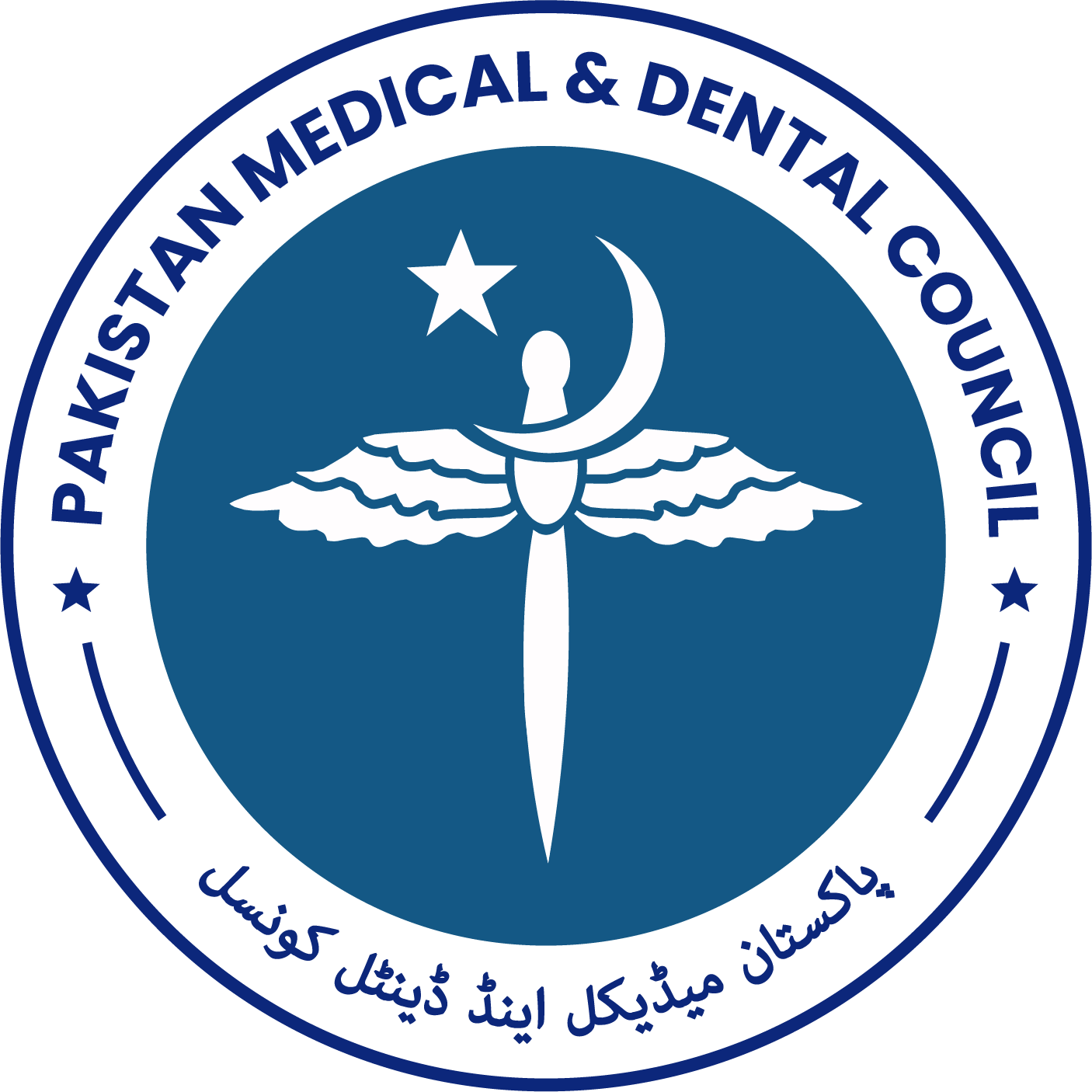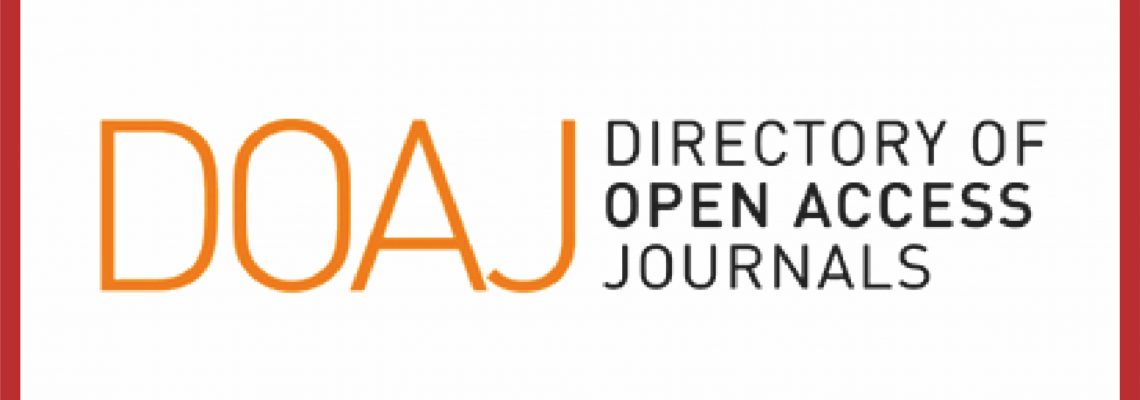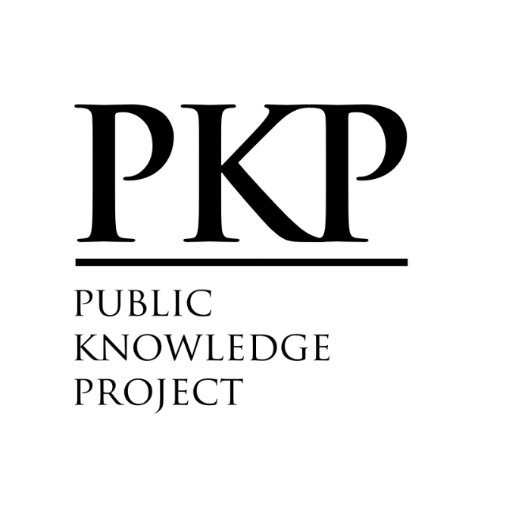The Surgical Management of Haemorrhoids – A Historical Perspective
Surgical Management of Haemorrhoids
DOI:
https://doi.org/10.55279/jafmdc.v1i2.57Keywords:
Haemorrhoids, Stapled haemorrhoidectomy, Transanal haemorrhoidal dematerialization.Abstract
SUMMARY
Haemorrhoids have affected people since ancient time. First documented treatment for haemorrhoids reported from the Egyptian papyrus. Indeed, Ebers’ papyrus dated at 1550 BC, described the use of topical astringents to ease haemorrhoidal pain. More recently, the Milligan-Morgan haemorrhoidectomy and office procedures such as rubber-band ligation have been developed to improve patients’ symptoms. However, these treatments have accompanying problems, for example the haemorrhoidectomy is known to be a profoundly painful operation and office procedures have high recurrence rates and are only suitable for minor haemorrhoids. The development of stapled haemorrhoidopexy and Transanal Haemorrhoidal Dearterialisation (THD) procedures, present the opportunity to treat all grades of haemorrhoids, with improved post-operative pain, whilst maintaining a low recurrence rate. This article places these more modern techniques in the context of the long history of surgical treatments for haemorrhoids and reviews the latest literature comparing operative haemorrhoidectomy, stapled haemorrhoidopexy and THD. A systematic review was carried out to retrieve articles describing history of surgical management of haemorrhoids and studies comparing three modern treatments for haemorrhoids (Haemorrhoidectomy, Stapled haemorrhoidectomy, and THD) were reported.
Downloads
Published
How to Cite
Issue
Section
License
You are free to:
- Share — copy and redistribute the material in any medium or format
- Adapt — remix, transform, and build upon the material
- The licensor cannot revoke these freedoms as long as you follow the license terms.
Under the following terms:
-
Attribution — You must give appropriate credit, provide a link to the license, and indicate if changes were made. You may do so in any reasonable manner, but not in any way that suggests the licensor endorses you or your use.
-
Non Commercial — You may not use the material for commercial purposes.
-
No additional restrictions — You may not apply legal terms or technological measures that legally restrict others from doing anything the license permits.













